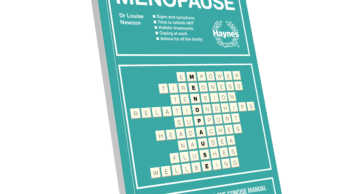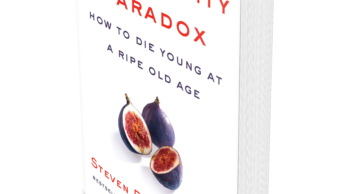
This is an examination of the microbes that live within us and all around us. The author, renowned British science journalist Ed Yong, states that, according to the latest estimates, there are 39 trillion microbial cells to our 30 million human ones. His book will leave you wondering how much of ‘you’ is really ‘you’.
Over recent years, awareness of the importance of the human microbiome has increased. It is widely acknowledged that it plays a role in health and disease; however, the full extent of that role is only starting to be uncovered. Yong follows the science of microbiology from the first description of ‘animalcules’ in 1675 to the leaps and bounds afforded by gene sequencing and genomics. He investigates how the microbiome can influence disease, the immune system, our response to drugs and even our mental health, and how tweaking your microbiome could potentially be used to improve health or cure disease.
Beyond pro- and pre-biotics and faecal transplants to alter the gut microflora, scientists are also using bacteria to improve human health in different ways. One particularly fascinating section describes loading mosquitos with bacteria to block the virus that causes dengue fever, with the aim of eradicating the disease. In the era of ‘anti-bacterial everything’, it is eye-opening.
Beyond our own health, microbes are also shaping and influencing the environment, and we get a glimpse of the impact they have on the wider world. Yong writes about his subject with great clarity and passion, opening up a hidden world to the reader. It is a truly compelling read.
Emma McConnell
References
I contain multitudes: the microbes within us and a grander view of life, by Ed Yong. Pp 368. Price £20. London: Penguin Random House UK; 2016. ISBN 978 1 847 92328 8


